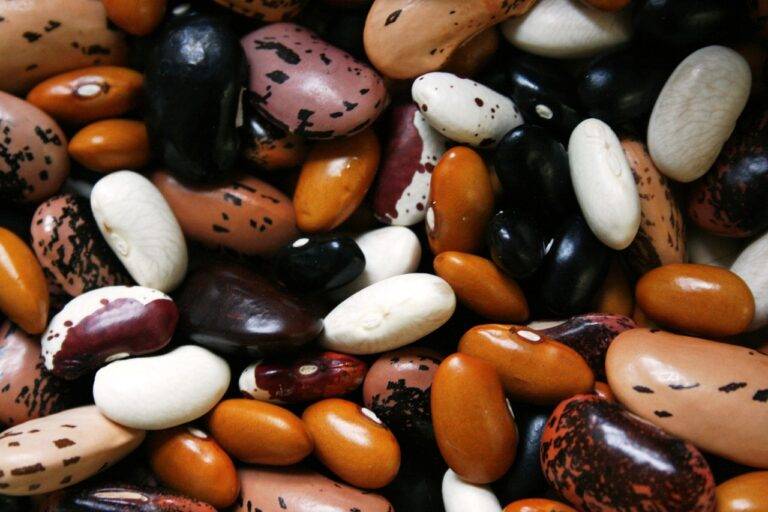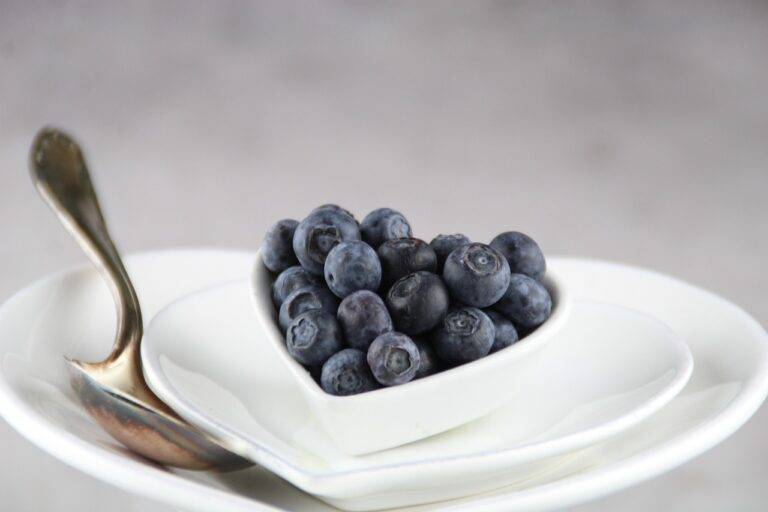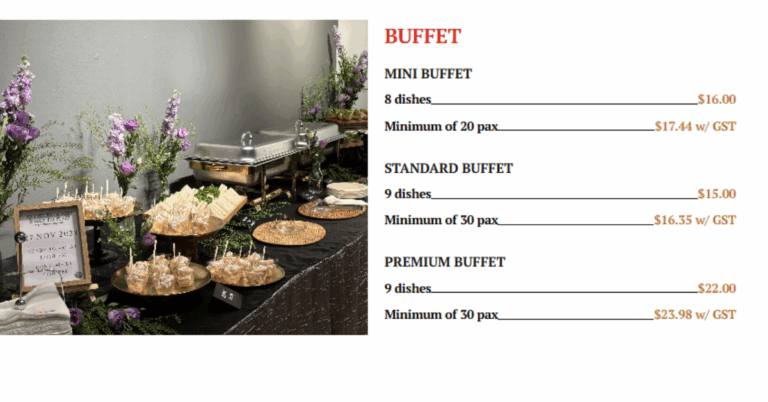The Influence of Color and Presentation on Food Perception
Food perception is a complex process influenced by various factors. One key element is the appearance of the dish, as individuals tend to associate certain colors and textures with specific flavors. The smell of food also plays a crucial role in shaping how it is perceived, as our olfactory senses can significantly impact our taste experience.
In addition to appearance and smell, our individual preferences, past experiences, and cultural background all play a part in how we perceive food. Factors such as texture, temperature, and even the ambiance in which a meal is consumed can all influence our perception of taste. Understanding these various elements can help chefs and food industry professionals create dishes that not only taste delicious but also appeal to a broad range of consumers.
The Role of Color in Food Appeal
Color plays a significant role in how appealing we find food. The visual aspect of a dish can greatly impact our perception and anticipation of its taste. Bright and vibrant colors can make food more visually enticing and appetizing. On the other hand, dull and unappealing colors may deter us from wanting to try a particular dish.
Additionally, color can also influence our expectations of flavor. For example, we may associate specific colors with certain flavors, such as red with sweetness or green with freshness. This subconscious connection can influence how we anticipate the taste of a dish even before we take a bite. Chefs and food stylists often leverage the power of color to make their creations more visually appealing and to enhance the overall dining experience.
How Presentation Impacts Taste Perception
Presentation plays a crucial role in how we perceive the taste of food. When a dish is visually appealing, it can stimulate our appetite and prime our taste buds for a more enjoyable dining experience. Simple touches like colorful garnishes, artistic plating, and elegant serving ware can enhance the overall sensory experience of a meal.
Moreover, the way a dish is presented can also influence our perception of its flavor profile. For example, a dish that is thoughtfully arranged on a plate to highlight different components may lead us to appreciate the different flavors and textures present in the dish. On the other hand, a poorly presented dish may fail to excite our taste buds, even if the flavors themselves are delicious.






